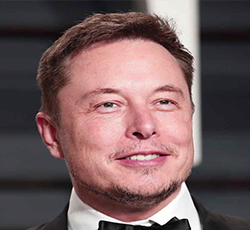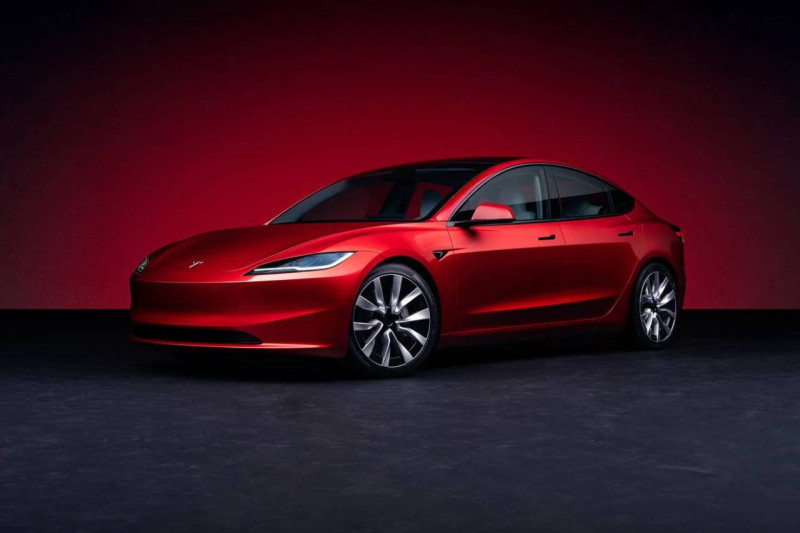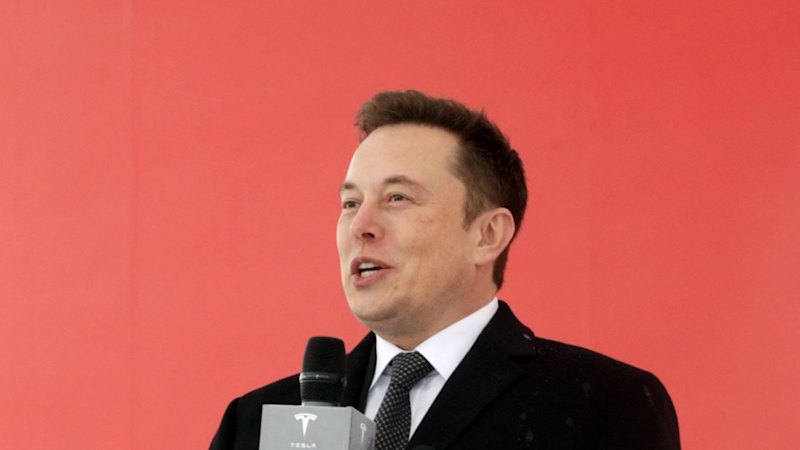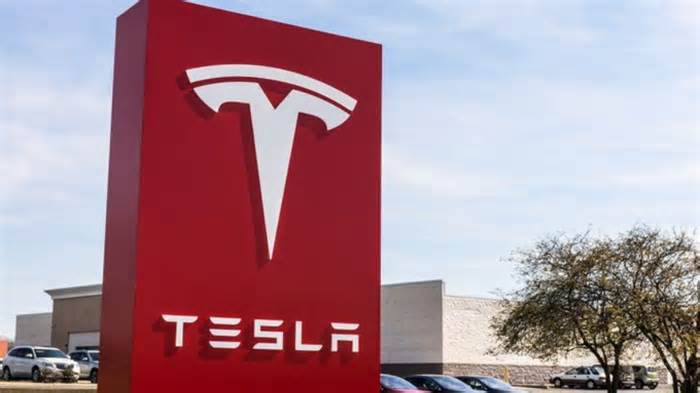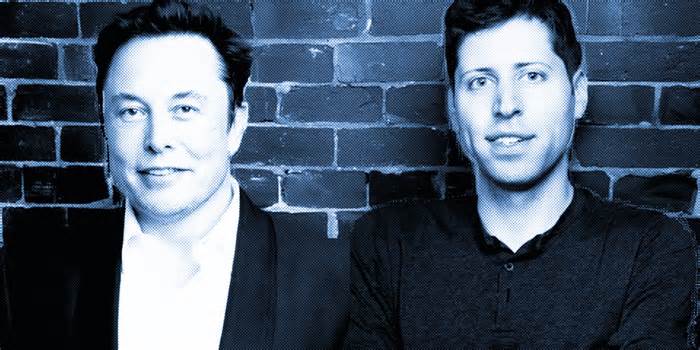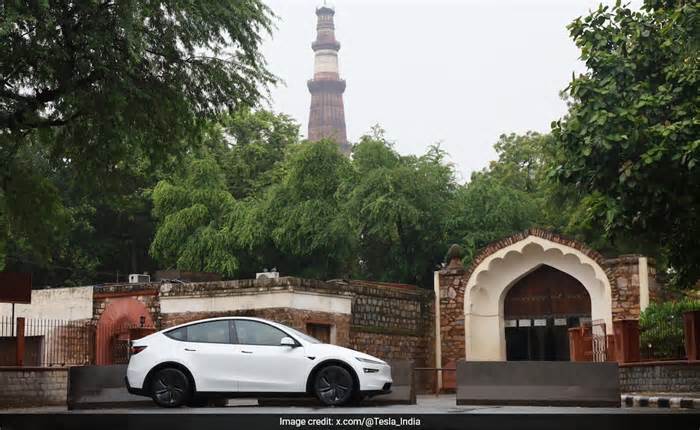
‘Don’t Replace the Whole Thing’: Tesla Driver’s Battery Makes It to 300K. Now What?
- by InsideEVs
- Aug 05, 2025
- 0 Comments
- 0 Likes Flag 0 Of 5

Comment
At more than 318,000 miles, the battery in one Tesla Model S is finally nearing the end of the road—but the car itself isn’t done quite yet.
In a viral clip, the owner and creator of The 300K Mile Tesla (@300k.mile.tesla) account documents a cryptic battery warning and a charging restriction that signals what many EV drivers fear: It’s almost time for a new battery. But is it worth the cost, or smarter to just move on?
After more than 318,000 miles, the car throws up a warning—BMS_A074—which restricts charging behavior and signals that internal degradation has reached a tipping point.: “Your vehicle is able to charge when the state of charge is below 50%. Charging will not start if the state of charge is already above 50%,” the alert reads.
This is a software-controlled safeguard by Tesla’s Battery Management System designed to protect a pack showing voltage imbalance or aging cells. The practical result? You can only add juice if you’re below half capacity.
Now Trending Firmware/software adjustments to re-enable charge access
Still, these aren’t officially sanctioned by Tesla and may come with limited warranty coverage, if any.
New battery vs. new car? The economic case
For Tesla owners staring down a degraded battery after hundreds of thousands of miles, the question becomes less about mileage and more about money. When a pack begins to fail through charging restrictions or diminished range, owners face three main choices: replace it, repair it, or move on.
A full battery replacement through Tesla can cost anywhere from $5,000 to $20,000, depending on the model and service location. While the investment could breathe another 8-10 years of life into the vehicle, it’s a high price to pay for a car that may already be a decade old. For owners with well-maintained vehicles and no major mechanical concerns, a new pack can restore lost range and even boost resale value. But others may hesitate, knowing the car could soon require additional high-mileage repairs unrelated to the battery.
The second option is to sell or scrap the vehicle altogether. Market value for an early model, high-mileage Tesla with a failing battery is limited. Some owners may find interest from EV conversion shops, salvage yards, or DIY tinkerers looking for parts or donor vehicles. Still, resale can be complicated if the car’s charging is already restricted, as it was in this case.
The third, increasingly popular option is to pursue a partial battery repair or install a reconditioned pack through a third-party EV specialist. Specialty shops claim high-mileage Teslas can be brought back to life for a fraction of the cost of a full pack swap, often between $4,000 and $8,000, depending on the issue.
These partial repairs don’t come with a factory warranty, and they rely heavily on the skill and reputation of the shop doing the work. For cost-conscious owners who aren’t ready to part with their vehicle, a targeted fix may offer the best return on investment, especially if they catch the problem early.
Inside EVs reached out to the owner via direct message.
Please first to comment
Related Post
Stay Connected
Tweets by elonmuskTo get the latest tweets please make sure you are logged in on X on this browser.






 Energy
Energy

